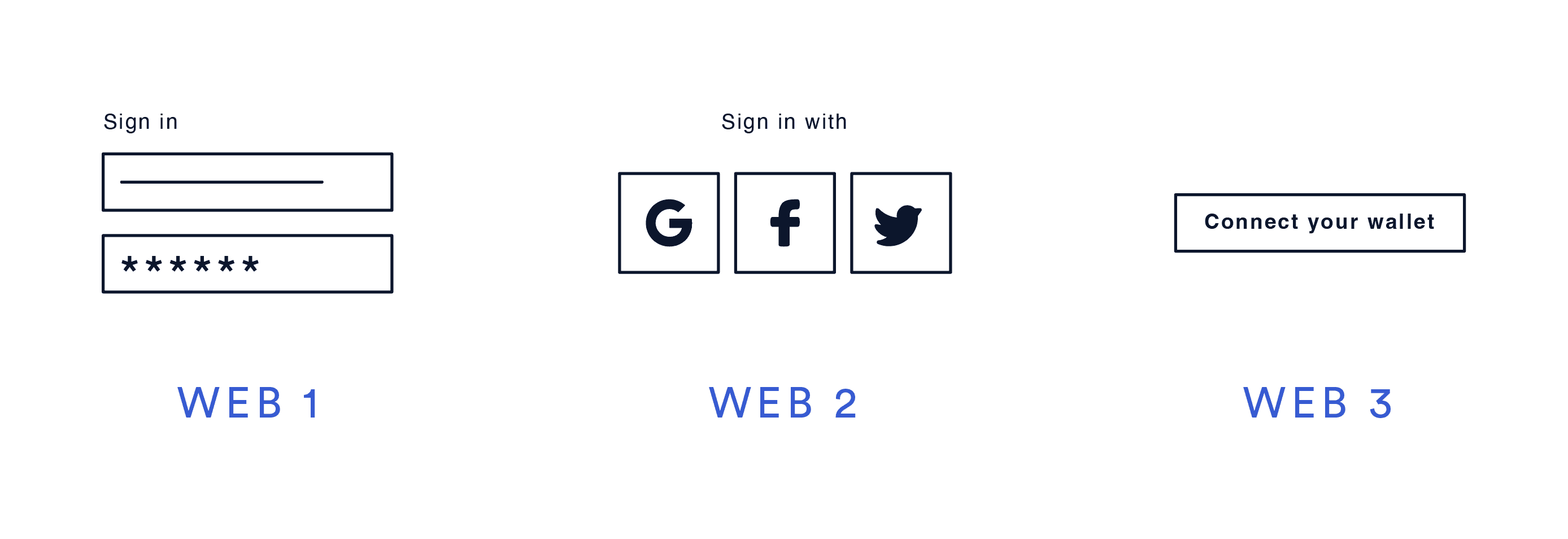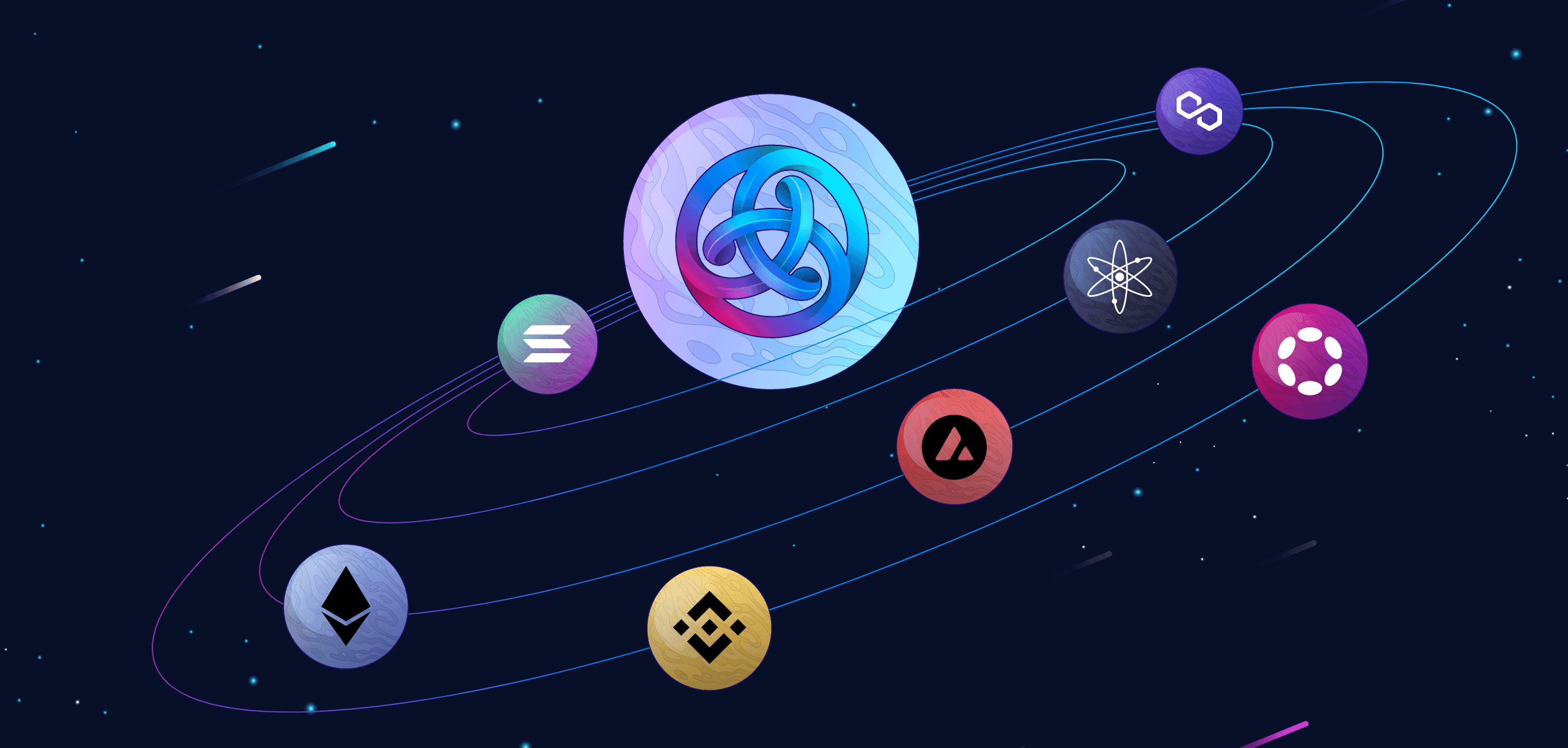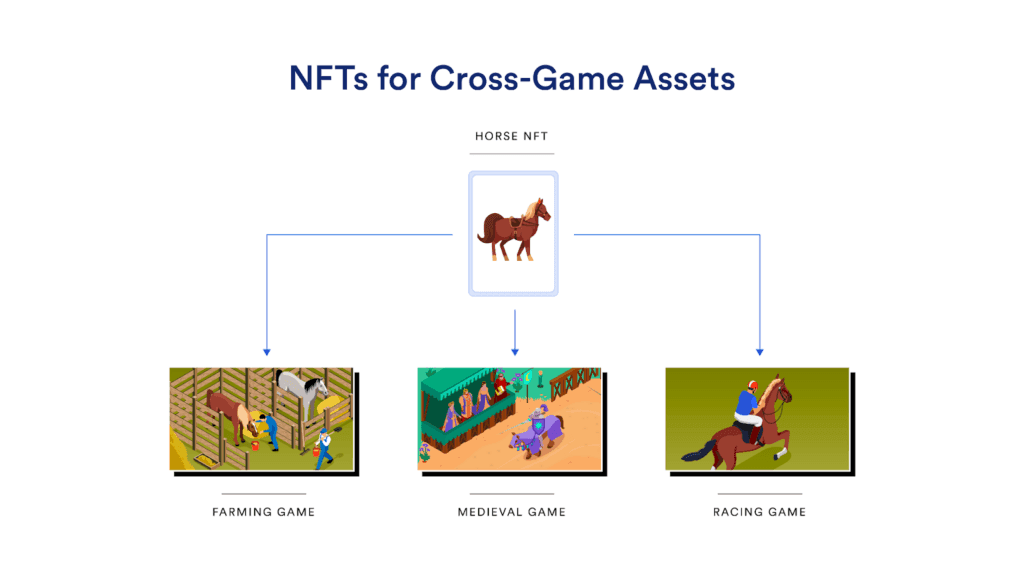
The Core Elements of Web3
Part Two of our "Everything you need to know" series on web3. Explore its origins, principles, and potential impact on the future of all our online experiences.
In the rapidly evolving landscape of digital innovation, the emergence of web3 represents a paradigm shift toward decentralized, trustless systems that promise greater autonomy, security, and transparency. At the heart of this transformative movement lie four foundational pillars: blockchains, cryptocurrencies, smart contracts, and oracles.
Each of these core elements plays a pivotal role in reshaping traditional paradigms of online interaction and commerce, offering unprecedented opportunities for individuals and enterprises alike to participate in a more equitable and inclusive digital economy.
In this article, we delve into the fundamental principles and functionalities of these components, illuminating their significance in shaping the future of web3 and the broader landscape of decentralized technologies.

What is Web3?
Definition: Web3 is a new evolution of the Internet based on the principles of decentralization. Web3 combines the rich and interactive digital experiences that exist today with infrastructure that offers users ownership and cryptographic guarantees.
The emergence of web3 has garnered widespread attention from leaders in both traditional tech and the blockchain community, sparking discussions about its historical roots and future implications. Initially coined by Tim Berners-Lee during the dotcom era, "web 3.0" originally described an interconnected communication framework enabling machine-readable Internet data across various platforms — a concept synonymous with the Semantic Web.
Note: Throughout this article, "web3" will be used distinctively from "web 3.0," which typically refers to Berners-Lee's Semantic Web concept.
In 2014, Ethereum Co-founder Gavin Wood repurposed the term in his blog post "DApps: What Web 3.0 Looks Like," emphasizing blockchain's potential to establish a trustless interaction system through protocols like consensus engines and cryptography.
Today, web3 remains a focal point of debate among tech giants and blockchain pioneers, who grapple with its foundational principles and effects on future trust models. You can read more about the history, origins, principles, and potential impact on the future of all our online experiences in this article here.

The Core Elements of Web3
Blockchains, Cryptocurrency, Smart Contracts, and Oracles
The foundation of the web3 model relies on an expanding array of decentralized technologies, including blockchains, smart contracts, oracles, crypto wallets, storage networks, and additional components. In the following sections, we explore key layers and elements comprising the web3 technology stack.

Blockchains
A blockchain functions as a secure and decentralized network facilitating data storage, value exchange, and transaction recording within a shared ledger devoid of central authority control.
Serving as the fundamental infrastructure of web3, blockchain networks offer robust execution environments enabling the generation, dissemination, and trading of cryptocurrencies, alongside the deployment of programmable smart contracts. Positioned as the settlement layer of web3, blockchains play a pivotal role in its operational framework.

Cryptocurrency
Cryptocurrencies are digital tokens operating within the decentralized and tamper-proof environments of blockchain networks, ensuring highly secure transactions. These tokens serve as the native currencies for decentralized applications (dApps) within web3, facilitating payments for services and enabling participation in web3 governance.
Before the advent of blockchain technology, tokens represented units of value utilized for specific products and services, akin to tokens for highway tolls or amusement park attractions. These tokens streamlined transactions, particularly where precise change was necessary, and allowed consumers to prepay for future services.
In the realm of web3 applications, tokens retain their role as units of value, albeit in a digital, programmable format with broader functionalities beyond mere exchange. They are issued to content creators within web3, often linked to specific projects, protocols, or blockchains, offering investment opportunities.
Additionally, web3 tokens may possess utility within their respective projects, enabling payments for services or even providing access to governance mechanisms within the protocol or project.

Smart Contracts and Decentralized Applications (dApps)
Smart contracts serve as immutable programs on blockchains, facilitating automated transactions through conditional software logic, such as "if x is true, then execute y." These programmable contracts are instrumental in enabling the creation of decentralized applications, or dApps, which are the cornerstone of web3, empowering users with cryptoeconomic protocols.
Diverging from traditional Web 2.0 applications and static HTML pages of Web 1.0, dApps operate distinctively by harnessing decentralized infrastructure provided by blockchain networks. Unlike conventional apps maintained by singular entities, dApps leverage the distributed nature of blockchain networks for operation.
These seemingly straightforward decentralized programs have the capability to spawn intricate, automated systems encompassing various domains such as peer-to-peer financial services (DeFi), data-driven insurance products, play-to-earn online games, and beyond.

Oracles
In order to unlock their full capabilities, smart contracts require access to external data and systems beyond blockchain networks. Oracles serve as the bridge connecting blockchains to real-world data and pre-existing systems, playing a vital role in establishing a cohesive and interoperable web3 ecosystem.
Chainlink oracle networks not only deliver financial market data on-chain to fuel DeFi applications but also offer a wide array of secure off-chain computations, including verifiable randomness and decentralized execution. These functionalities enable dynamic NFTs and highly automated dApps.
Additionally, through the development of the Cross-Chain Interoperability Protocol (CCIP), oracle networks facilitate the integration of various blockchains and layer-2 scaling solutions, fostering rapid expansion of the ecosystem while ensuring secure communication between diverse on-chain environments.
Oracles have emerged as a pivotal layer within the web3 stack, providing off-chain data and services to drive innovation in smart contracts and facilitating cross-chain interoperability to ensure seamless connectivity across different blockchain platforms.
Chainlink’s oracle infrastructure serves as a conduit between Web 2.0 backends and web3, acting as an abstraction layer for traditional systems to interact with both private and public blockchains. Ultimately, oracles extend the capabilities of decentralized computation and cryptographic assurances to existing systems, bridging the gap between Web 2.0 and web3.

NFTs (Non-Fungible Tokens)
The resurgence of interest in NFTs has sparked a proliferation of unique applications that creatively utilize non-fungible property, aiming to streamline asset ownership transfer and minimize the involvement of intermediaries that diminish value for creators and marketplaces. Despite this, NFTs are predominantly in their early stages, presenting significant opportunities for innovative developers, creative artists, and traditional institutions seeking to integrate distinctive assets onto blockchain networks.

Final Thoughts
The intersection of blockchain technology and decentralized applications (dApps) holds profound implications for the gaming industry. With the advent of smart contracts, oracles, and non-fungible tokens (NFTs), gaming experiences are undergoing a transformative shift towards greater decentralization, transparency, and player empowerment.
Smart contracts enable the creation of immutable rulesets and in-game economies, fostering new models of ownership and value exchange. Oracles bridge the gap between virtual worlds and real-world data, enriching gameplay experiences with dynamic content and verifiable randomness. Meanwhile, NFTs unlock unprecedented possibilities for asset ownership, allowing gamers to truly own their in-game items and assets, and facilitating seamless interoperability across different gaming platforms.
As the gaming community embraces these advancements, the potential for innovation and collaboration between developers, artists, and players is limitless, paving the way for a new era of immersive and inclusive gaming experiences within the web3 landscape.
This article was inspired by an original blog post, you can read the original write-up here for more information.
About the author
Eliza Crichton-Stuart
Head of Operations
Updated:
March 31st 2025
Posted:
April 8th 2024



